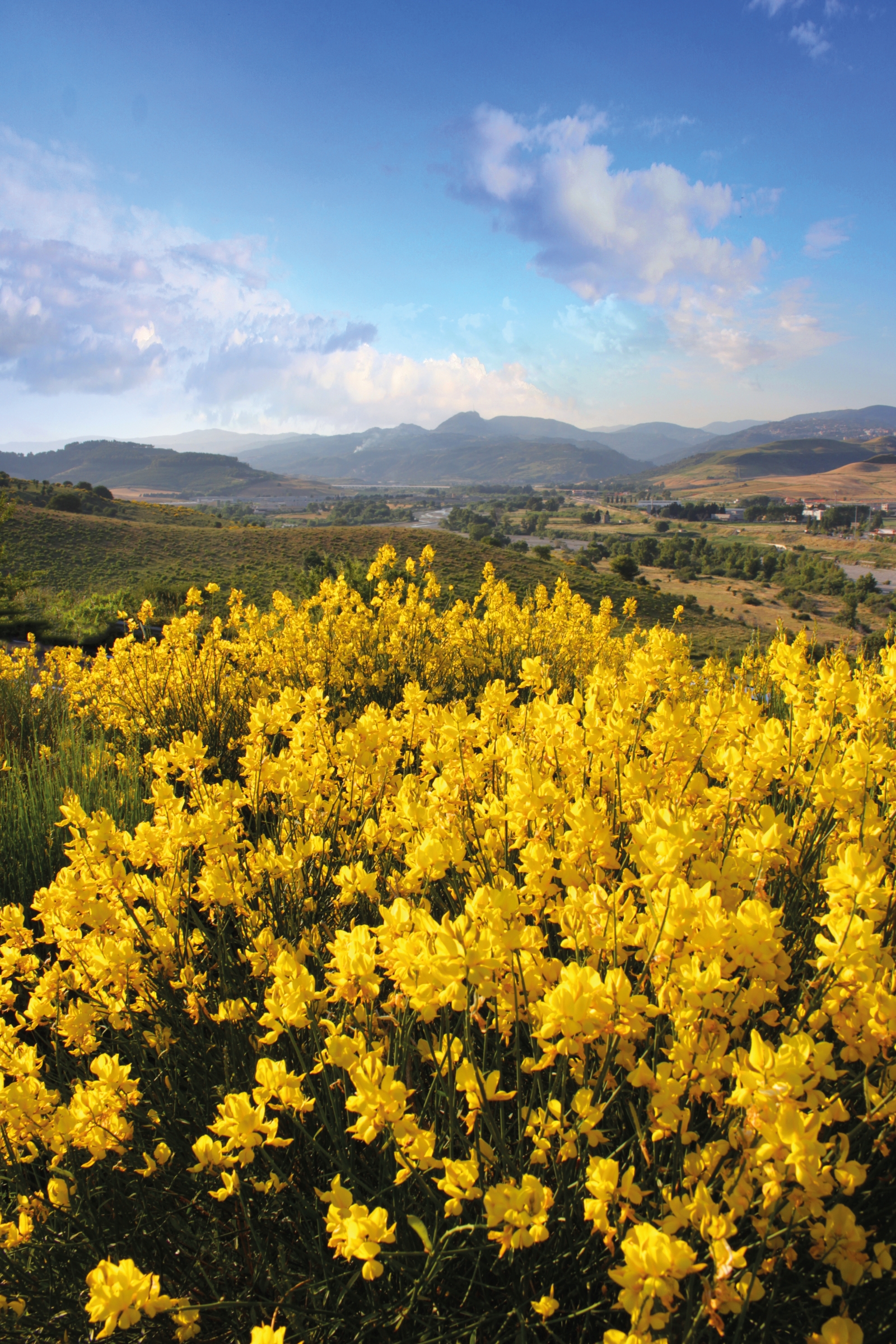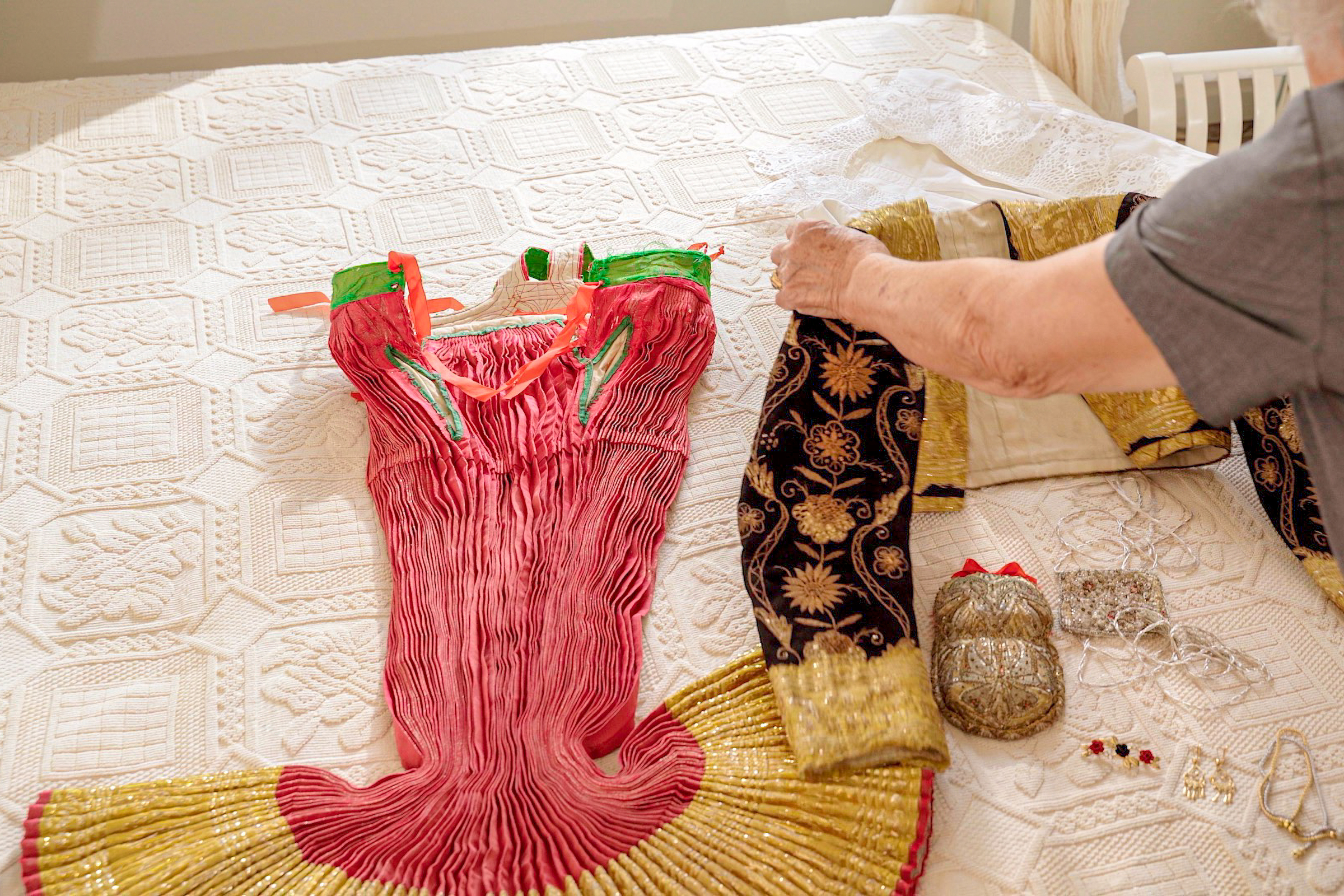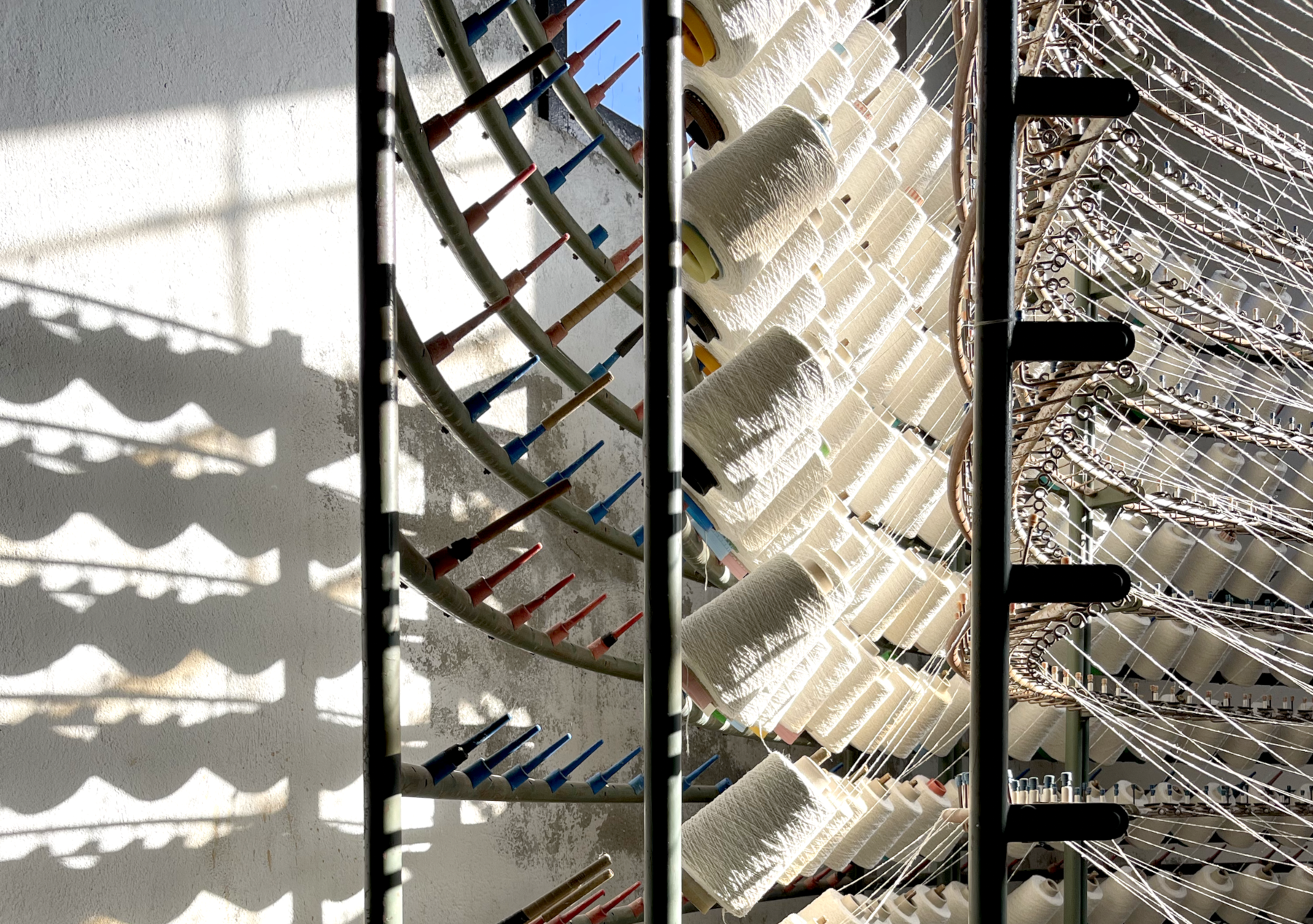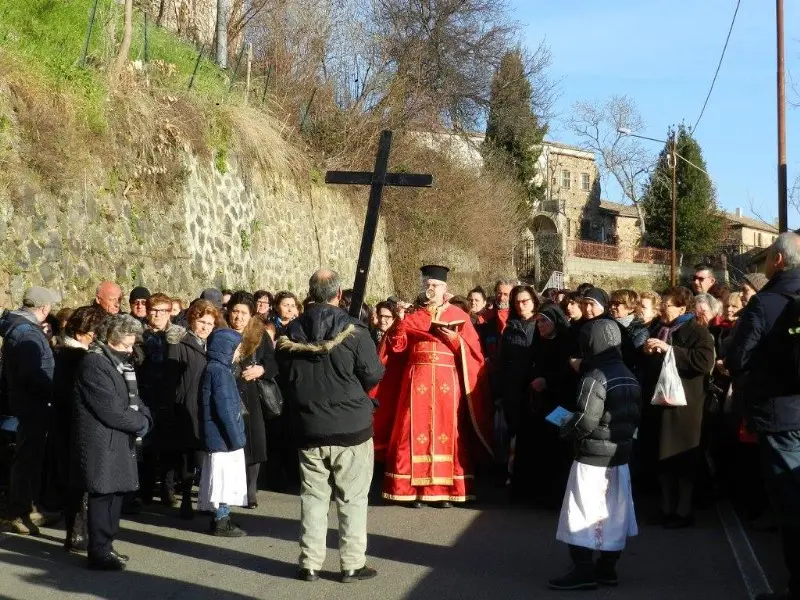Journey through Calabrian textiles, from antiquity to today
Itinerary in the places of weaving in Calabria
Tradition and folklore
Regione Calabria
The textile tradition in Calabria is one of the jewels in the crown of craftsmanship and enterprise, spread throughout the territory and diversified in terms of raw materials, workmanship and innovative solutions.
An ancient and identifiable story, starting from archaeology and arriving at the present day to tell the story of the profound relationship between the people of Calabria and weaving, a bond "woven" on the exchange of knowledge between Mediterranean peoples, love for the land and indigenous textile fibres, patient workmanship and gestures handed down from one generation to the next, up to the most recent technological solutions.
Let's take a closer look at this dense web of traditions...
Textile tradition in Calabria
It can be argued that Calabrian textiles are ingrained in the first communities that populated the region from the earliest times, as demonstrated by the discovery from north to south of hundreds of archaeological finds related to weaving: loom weights and looms, miraculously preserved ancient fibres and fabrics, textual and iconographic sources that explicitly represent ancient techniques, tools, decorations and forms of trade related to this timeless art.
The earliest evidence of Calabrian textile fibre manufacture includes broom (now protected as endangered), cotton (linen) and wool and, of course, Calabrian silk.

Silk, the region's pride and joy, seems to have arrived in the area in Byzantine times, along with the cultivation of mulberry trees needed to feed the silkworms from the East that monks fleeing from Iconoclastic persecution brought with them as they took refuge on the Ionian and Tyrrhenian coasts of Calabria.
From this moment on, silk processing in Calabria became a form of primary industry, organised into provincial districts, until the Unification of Italy, when this type of industry was also discontinued and re-planted in other regions.
Catanzaro was Calabria's silk capital, so much so that, according to scholar Giuseppe Matarese, the name itself could be associated with the Byzantine word Katartarioi ("silk spinners"). The "City of the Three Vs" (Vitaliano, Wind, Velvet, the latter referring to the precious Catanzaro damasks) was at the centre of a virtuous silk-growing circuit, organised on large mulberry plantations and highly specialised labour, i.e. master weavers working on hundreds of looms. Any examples of ancient looms? The only replica of the so-called "Giovanni il Clabrese" loom can be admired at the Town Hall (by contacting the Mirabilia Historical Association).
A similar inducement in terms of efficiency and extension also concerned the provinces of Reggio Calabria and Cosenza: the first, entrusted to the presence of the strong local Jewish community, which, starting from the city's Giudecca, took charge of spreading silkworm breeding, weaving and fabric trading activities throughout the entire Reggio Calabria territory; the second, starting from the city and its hinterland full of small textile centres also linked to the processing of traditional and folkloristic costumes of the Arbëreshë (Italo-Albanian of Calabria) communities.

Textile companies and museums in Calabria
The itinerary to discover Calabrian textiles now passes through some not-to-be-missed stops that combine tradition and innovation.
Those wishing to find out all about Calabrian silk should definitely visit the delightful village of Mendicino, in the province of Cosenza, and the Dynamic Silk Museum. This is a magical place, born from the recovery of an ancient spinning mill located along the river valley that runs through the old town, on the course of which were located the mills and hydraulic machines of the past.
The Mendicino Silk Museum exhibits textile tools and artefacts, as well as hosting all kinds of cultural events and meetings, with a special focus on those dedicated to the sector.
A not-to-be-missed stop to rediscover the history and relevance of Catanzaro's silk heritage is the Cooperativa "Nido di Seta", based in the woods of San Floro.
Here, a passionate "returning" generation has given life to something unique: a system of silkworm breeding and fabric manufacturing that is strictly manual, i.e., centred on the same ancient production phases (mulberry and silkworm breeding on site, manual extraction of the fibre, natural dyeing, women's loom weaving), for a product of excellence that today has exclusive rights with some of the world's greatest fashion houses.
Still in the Catanzaro province but on the Lametino side of the Reventino Mountains, we encounter another Calabrian textile excellence.
The only Corporate Museum in the sector, based in Soveria Mannelli, the historic Lanificio Leo is today one of the most prominent Calabrian textile realities on the national and international scene as far as wool processing is concerned, certainly among the most innovative and avant-garde.

When it comes to wool and yarn in Calabria, the Lanificio Leo family business is at the head of the pack with over a century of history behind it and a keen eye on today's fashion market challenges. Visiting the company museum is an immersive experience, which from the transformation of wool into yarn to the different weaving techniques offers a fascinating insight into contemporary Calabrian knitwear.
Textile lovers visiting Reggio Calabria must make a stop at the Silk Museum, a place that also offers the opportunity to learn more about the historical characteristics of typical Calabrian costumes.
The brainchild of Rosa Furfari after years of research and exhibitions in the area, the museum is now a venue for themed meetings and workshops and exhibits the most significant testimonies of the textile and silk tradition in Calabria through processing tools, semi-industrial machinery, fibres and yarns, clothing and accessories.
Are you a fan of typical costumes and folklore? Here are some of the museums not to be missed, dedicated to the figures of the pacchiàne, traditional women's vancàli and the typical clothes of ethnic minorities:
- Regional Costume Museum, Tiriolo (CZ)
- Museum of Arbëreshë Territory and Costume, Santa Sofia d'Epiro (CS)
- Permanent Exhibition of Arbëreshë Costume, Vaccarizzo Albanese (CS)
https://calabriastraordinaria.it/en/news/journey-through-calabrian-textiles-from-antiquity-to-today






